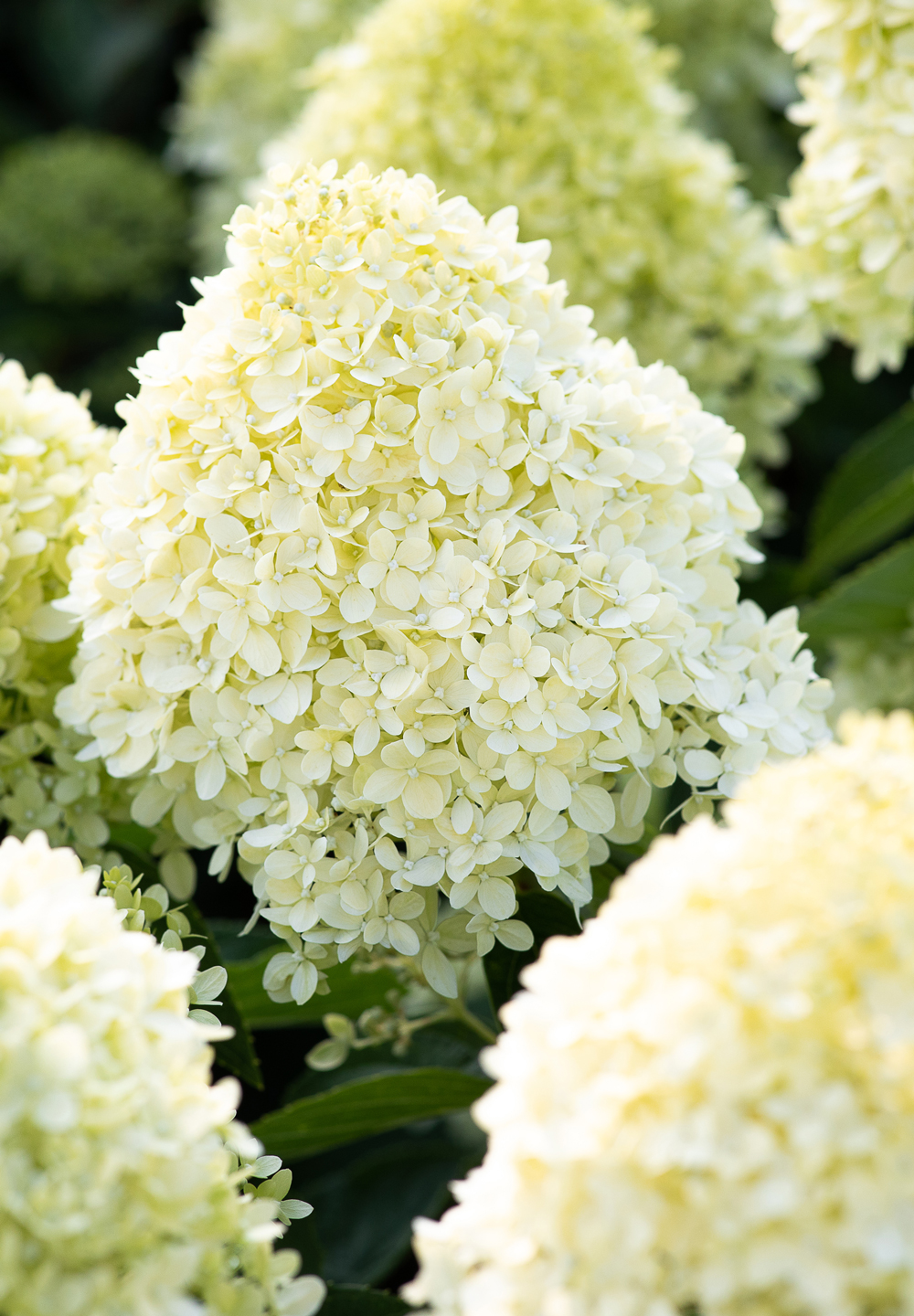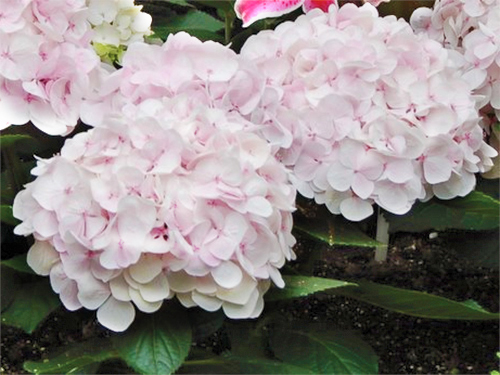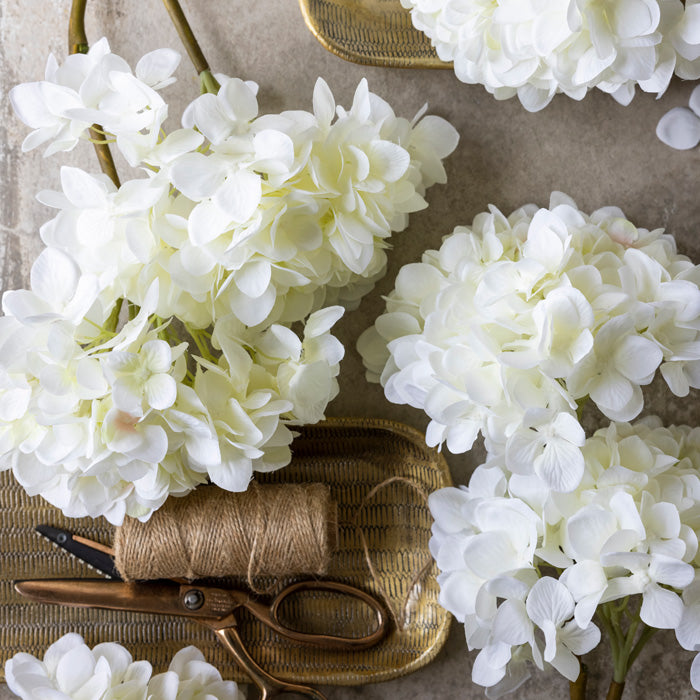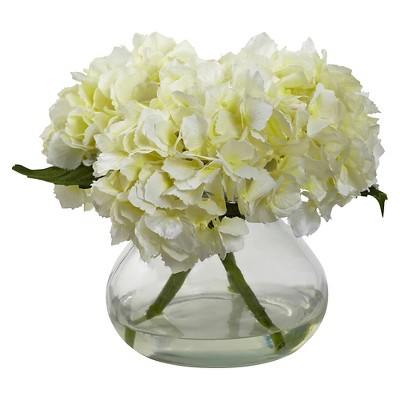Cream Hydrangeas: The Ultimate Guide To Growing And Caring For These Stunning Blooms
Cream hydrangeas are a beautiful and versatile addition to any garden. With their large, fluffy blooms, they can add a touch of elegance and sophistication to any landscape. But what if you want to know more about how to grow and care for these stunning blooms?
In this blog post, we will provide you with the ultimate guide to growing and caring for cream hydrangeas. We will cover everything from choosing the right location to fertilizing and pruning. By the end of this post, you will be an expert on all things cream hydrangeas!
So, let's get started!
Choosing the Right Location
The first step to growing cream hydrangeas is choosing the right location. Cream hydrangeas prefer partial shade, so avoid planting them in full sun. They also prefer moist, well-drained soil. If you have clay soil, you may need to add some sand or compost to improve drainage.
Once you have chosen the right location, it is time to plant your cream hydrangeas. Plant them at the same depth as they were in the nursery pot. Water them well after planting, and be sure to keep the soil moist, but not soggy.
Fertilizing
Cream hydrangeas do not require a lot of fertilizer. A light application of fertilizer in the spring will help them to bloom their best. You can use a balanced fertilizer, such as 10-10-10, or a fertilizer specifically formulated for hydrangeas.
Pruning
Cream hydrangeas should be pruned in the spring, before they start to bloom. Pruning will help to keep the plant healthy and encourage new growth. Remove any dead, damaged, or diseased branches. You can also prune back any branches that are crossing or rubbing against each other.
Changing the Color of Your Cream Hydrangeas
The color of cream hydrangeas can be changed by adjusting the pH of the soil. In acidic soil, cream hydrangeas will bloom blue. In alkaline soil, they will bloom pink. To change the color of your cream hydrangeas, you can add sulfur to acidic soil or lime to alkaline soil.
Enjoying Your Cream Hydrangeas
With proper care, cream hydrangeas will reward you with beautiful blooms for many years to come. Enjoy their beauty in your garden, or cut them for fresh flowers inside.
If you're looking for a beautiful and versatile flowering shrub to add to your garden, look no further than the cream hydrangea. These stunning plants come in a variety of shapes and sizes, and their blooms can range in color from light pink to deep blue, depending on the soil pH.
But what makes cream hydrangeas truly special is their delicate, creamy-white petals. These flowers are simply breathtaking in full bloom, and they can add a touch of elegance to any garden.
If you're interested in learning more about cream hydrangeas, I highly recommend visiting . This website is a wealth of information about these amazing plants, including their history, care, and cultivation.
You'll also find a variety of photos and videos of cream hydrangeas in bloom, so you can get a good idea of what these plants look like in your own garden.
So what are you waiting for? Visit today and learn more about these beautiful flowers!
FAQ of cream hydrangea
Q: What is a cream hydrangea?
A cream hydrangea is a type of hydrangea that blooms in shades of cream, white, and pink. The flowers are typically large and showy, and they can be used in a variety of landscaping applications.
Q: What are the benefits of growing cream hydrangeas?
Cream hydrangeas are relatively easy to care for, and they can be grown in a variety of climates. They are also deer-resistant, which makes them a good choice for gardens where deer are a problem.
Q: How do I care for a cream hydrangea?
Cream hydrangeas prefer full sun to partial shade, and they need well-drained soil. They should be watered regularly, especially during hot, dry weather. In the fall, you can add a layer of mulch around the base of the plant to help retain moisture.
Q: How do I change the color of a cream hydrangea?
The color of a cream hydrangea can be changed by adjusting the pH of the soil. If you want the flowers to be more blue, you can add aluminum sulfate to the soil. If you want the flowers to be more pink, you can add lime to the soil.
Q: Are cream hydrangeas toxic?
Yes, all parts of the cream hydrangea plant are poisonous. If ingested, the plant can cause vomiting, diarrhea, and other symptoms. If you have pets or children, it is important to keep the plant out of their reach.
Image of cream hydrangea
- Image 1: A close-up of a single cream hydrangea flower, with its delicate petals and fluffy center.

- Image 2: A cluster of cream hydrangea flowers, blooming in a garden.

- Image 3: A hydrangea bush covered in cream flowers, against a backdrop of green leaves.

- Image 4: A vase of cream hydrangea flowers, arranged in a simple but elegant bouquet.
- Image 5: A painting of a cream hydrangea bush, with the flowers rendered in soft pastel colors.


Post a Comment for "Cream Hydrangeas: The Ultimate Guide To Growing And Caring For These Stunning Blooms"